Discover 11 hidden attractions, cool sights, and unusual things to do in Prambanan (Indonesia). Don't miss out on these must-see attractions: Candi Ratu Boko, Sewu, and Candi Kedulan. Also, be sure to include Plaosan in your itinerary.
Below, you can find the list of the most amazing places you should visit in Prambanan (Central Java).
Table of Contents
Candi Ratu Boko

Also known as: Situs Ratu Baka
Ancient stone palace complex. Ratu Boko or Ratu Boko Palace is an archaeological site in Java. Ratu Boko is located on a plateau, about three kilometres south of Prambanan temple complex in Yogyakarta, Indonesia. The original name of this site is still unclear, however the local inhabitants named this site after King Boko, the legendary king mentioned in Roro Jonggrang folklore. In Javanese, Ratu Boko means "Stork King".
The site covers 16 hectares in two hamlets (Dawung and Sambireja) of the village of Bokoharjo and Prambanan, Sleman Regency. In striking contrast to other Classic-period sites in Central Java and Yogyakarta, which are remains of temples, Ratu Boko displays attributes of an occupation or settlement site, although its precise function is unknown. Probably the site was a palace complex which belonged to the kings of Sailendra or Mataram Kingdom that also built temples scattered across the Prambanan Plain. The argument was based on the fact that this complex was not a temple nor building with religious nature, but a fortified palace instead which evidence of a remnant of fortified walls and the dry moat of defensive structures. The remains of settlements also founds in Ratu Boko vicinity. This site is located 196 m above the sea level, on the highest point in the site, there is a small pavilion from which one will be able to see a panoramic view of Prambanan temple with Mount Merapi as the background.[1]
Address: Jl. Prambanan - Piyungan, Prambanan
Sewu
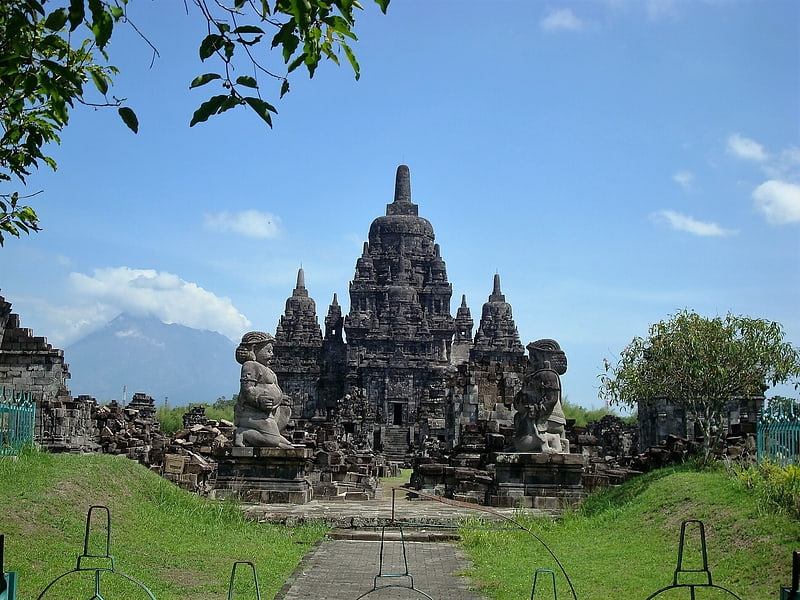
8th-century Buddhist temple complex. Sewu is an eighth century Mahayana Buddhist temple located 800 metres north of Prambanan in Central Java, Indonesia. The word for a Hindu or Buddhist temple in Indonesian is "candi," hence the common name is "Candi Sewu." Candi Sewu is the second largest Buddhist temple complex in Indonesia; Borobudur is the largest. Sewu predates nearby "Loro Jonggrang" temple at Prambanan. Although the complex consists of 249 temples, this Javanese name translates to 'a thousand temples,' which originated from popular local folklore. Archaeologists believe the original name for the temple compound to be Manjusrigrha.[2]
Address: Bugisan, Prambanan, Prambanan
Candi Kedulan
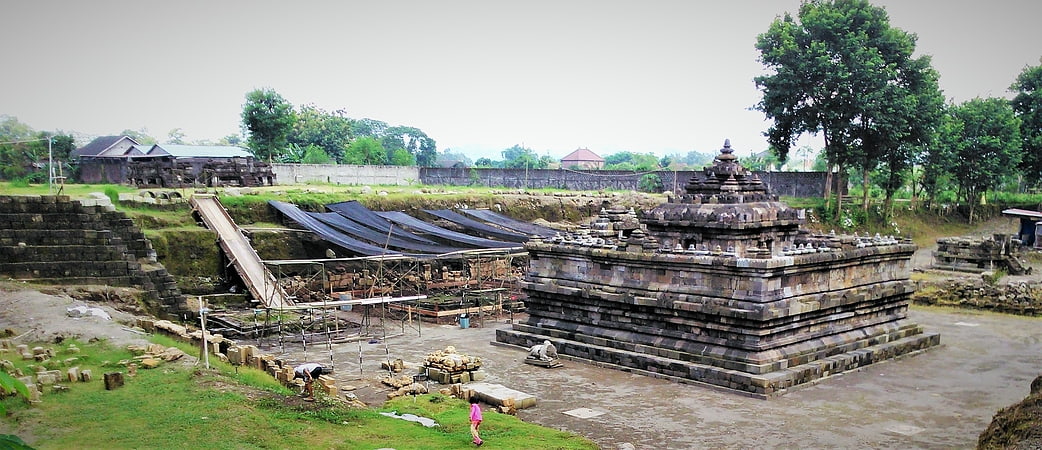
Kedulan temple is the ruin of a 9th-century Hindu candi located not far from Sambisari temple. The temple is located in Tirtomartani village, Kalasan subdistrict, Sleman Regency, Yogyakarta, Indonesia. The style and architecture bear striking similarities to the nearby Sambisari temple. And just like Sambisari, the temple compound is buried around 6 metres below the present surface, as the result of lava flow from the past eruption of Mount Merapi in the north.
The temple complex took form as a compound enclosed in stone walls, with some parts still buried underground. Within the enclosure, there are four temples; one main temple facing east, and three smaller ancillary temples (candi perwara) in front of the main temple on the eastern side in a row running north to south. The style and layout is quite similar to Sambiari temple, however Sambisari temple faces west, and is located around 2.5 kilometres (1.6 mi) to the southwest.[3]
Plaosan
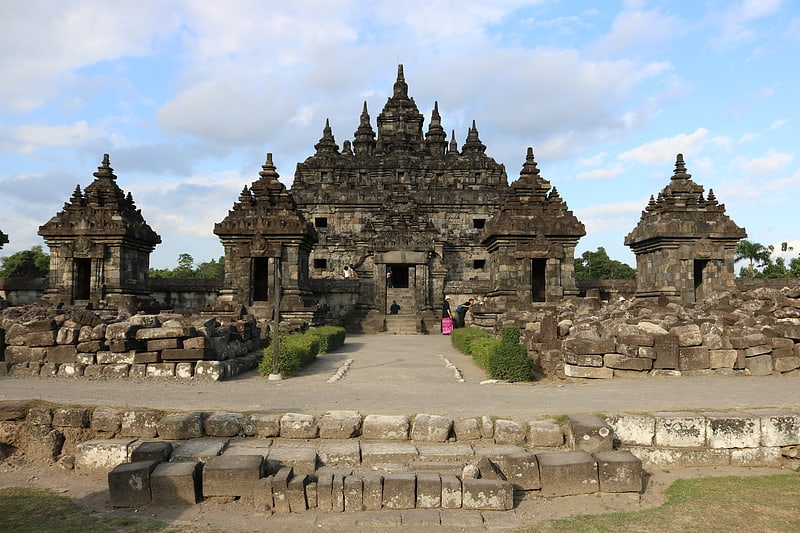
Temple in Indonesia. Candi Plaosan, also known as the 'Plaosan Complex', is one of the Buddhist temples located in Bugisan village, Prambanan district, Klaten Regency, Central Java, Indonesia, about 1 kilometre to the northeast of the renowned Hindu Prambanan Temple.
Candi Plaosan covers an area of 2,000 square metres (22,000 square feet) with an elevation of 148 metres (486 feet) above sea level. The Dengok River is located nearby, about 200 metres (220 yards) away. Candi Plaosan is surrounded by paddy fields along with vegetation such as banana and corn.[4]
Address: Jalan Raya Yogya - Solo, Prambanan
Candi Sari
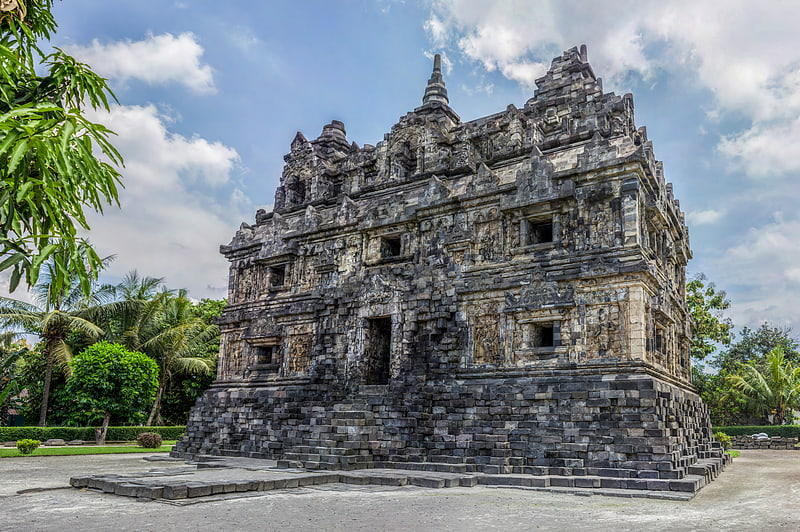
Buddhist temple in Indonesia. The Sari Temple is an 8th-century Buddhist temple located at Dusun Bendan, Tirtomartani village, Kalasan, Sleman Regency, Special Region of Yogyakarta, Indonesia. It is located about 130 meters northeast of the Kalasan temple. The temple was a two-story building with wooden beams, floors, stairs completed with windows and doors; all from organic materials which now are decayed and gone. It is suggested that the original function of this building was a vihara, a dwelling place for monks. The temple's name Sari or Saré translates as "to sleep" in Javanese, which also confirms the habitation nature of the building.[5]
Address: Bendan, Tirtomartani, Prambanan
Bubrah Temple
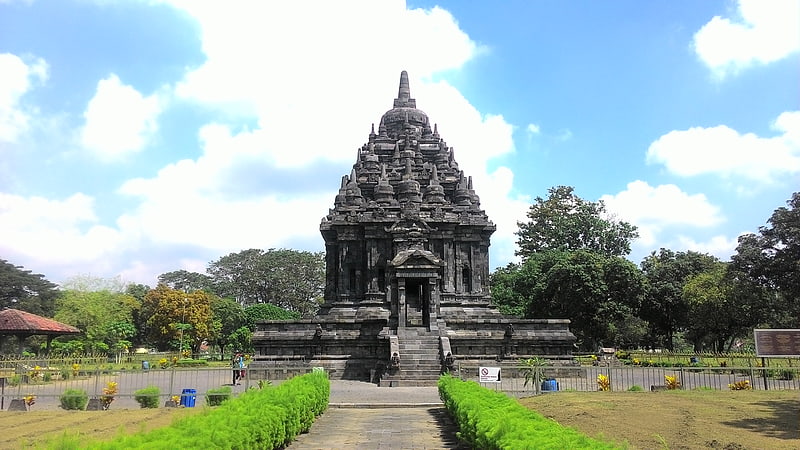
Temple. Bubrah is a 9th-century Buddhist temple located within the complex of the Prambanan Temple Archaeological Park, in Central Java, Indonesia. Experts believe that the temple was designed as a part of the greater Sewu temple compound.
The original name of this temple is unknown, however the local Javanese named the temple "candi bubrah", which means "ruins temple" in the Javanese language. The name reflect the conditions of this temple during its discovery, which was a heap of 2 metres tall stone ruins. Bubrah means broken, in ruins or disorderly in Javanese, it has been in a state of ruins for many years, until it was reconstructed between 2011 and 2017. The temple is a part of Prambanan Temple Compounds, a World Heritage Site since 1991.[6]
Sojiwan
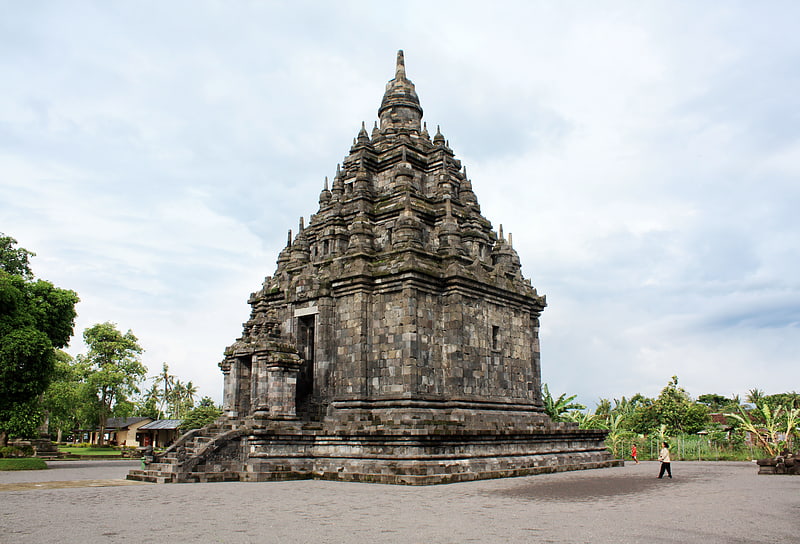
Temple in Indonesia. Sojiwan is a 9th-century Mahayana Buddhist temple located in Kebon Dalem Kidul village, Prambanan, Klaten Regency, Central Java. The temple is located nearly two kilometres southeast of Prambanan temple. This temple is among numbers of temples scattered in Prambanan Plain.[7]
Address: Jl. Banjarsari, 57454 Klaten
Candi Lumbung
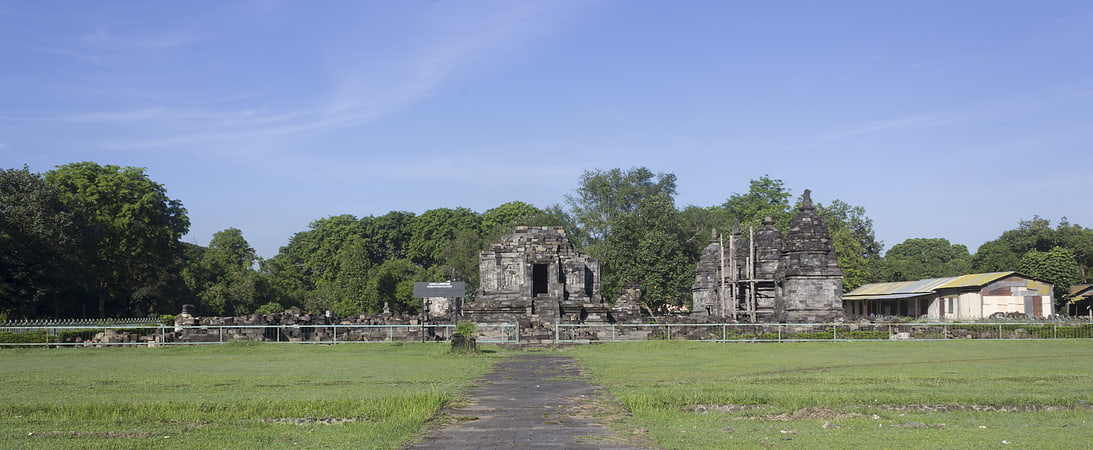
Temple in Indonesia. Lumbung or Candi Lumbung is a 9th-century Buddhist temple compound located within the complex of Prambanan Temple Tourism Park, Central Java, Indonesia. The original name of this temple is unknown, however the local Javanese named the temple "candi lumbung", which means "rice barn temple" in Javanese language.[8]
Address: Jalan Kayu Putih - Munduk, Prambanan
Banyunibo
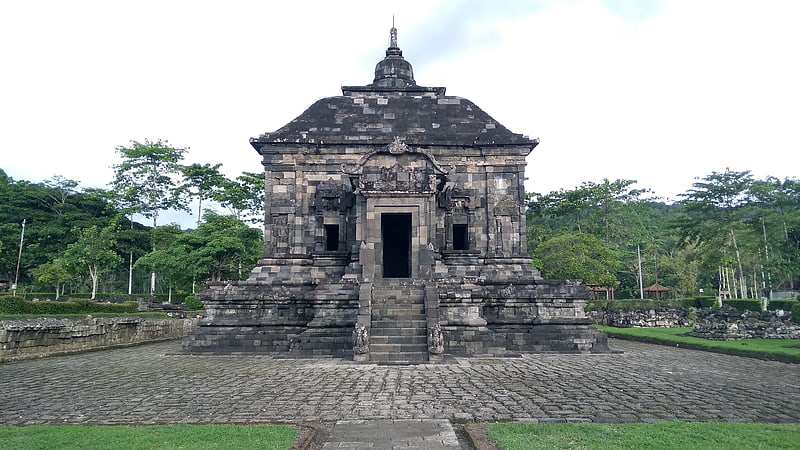
Buddhist temple in Indonesia. Banyunibo is a 9th-century Buddhist temple located in Cepit hamlet, Bokoharjo village, Prambanan, Sleman Regency, Special Region of Yogyakarta, Indonesia. The temple, dating from the era of Medang Kingdom, sits in a narrow valley surrounded by paddy fields about two kilometers southeast of the Ratu Boko archaeological park on the east side of modern Yogyakarta. Further north is the Prambanan temple, and to the south are the Gunung Sewu hills, extension of Gunung Kidul hills.[9]
Prambanan Museum
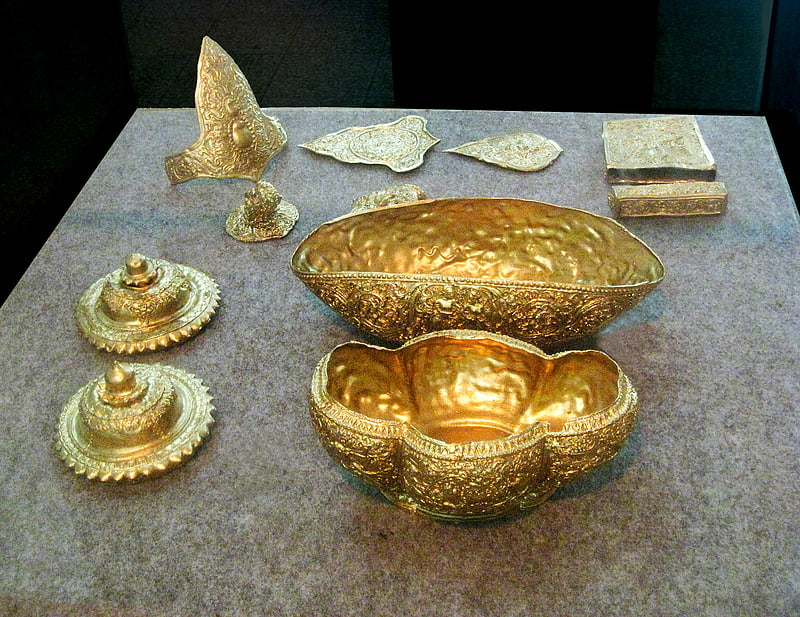
Museum
Address: Jl. Candi Sewu No.26, 57454 Kabupaten Klaten
Candi Kalasan
